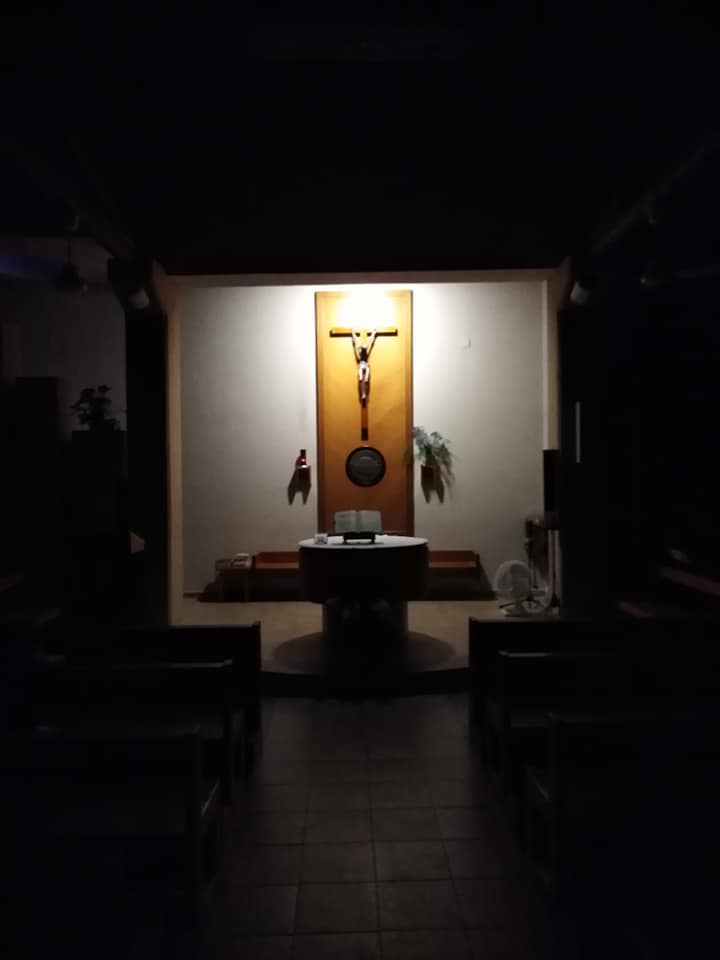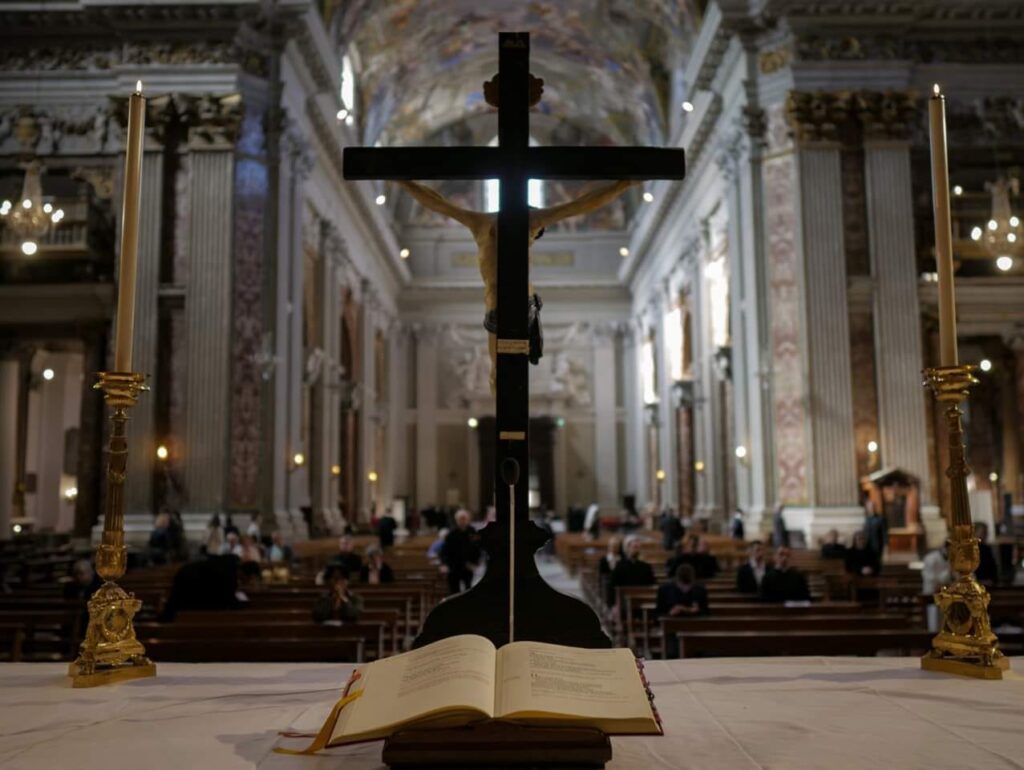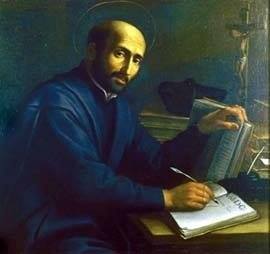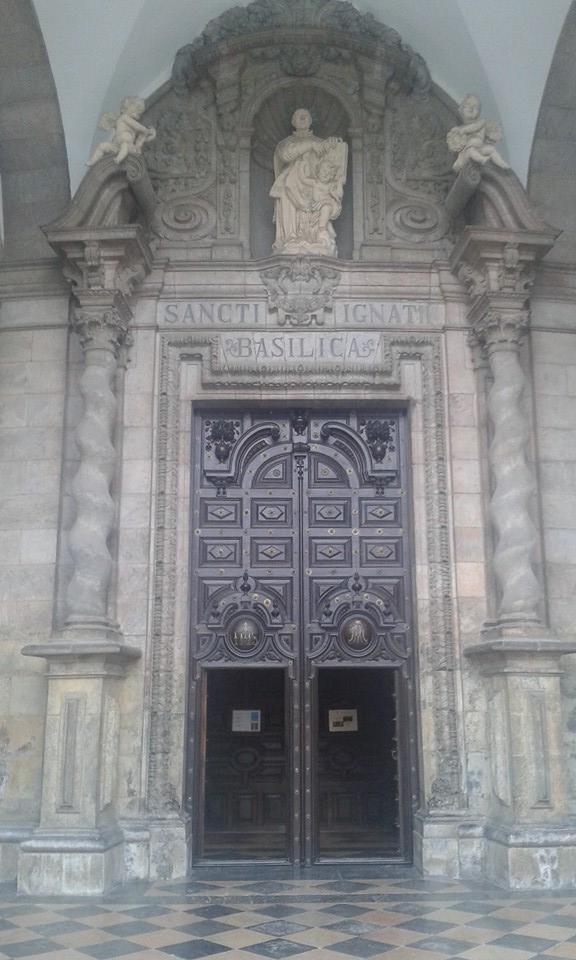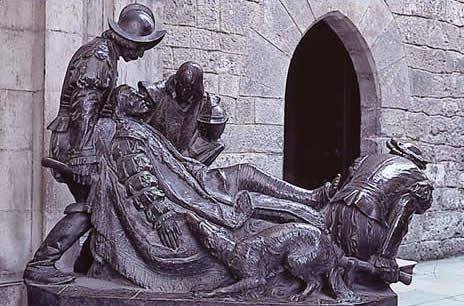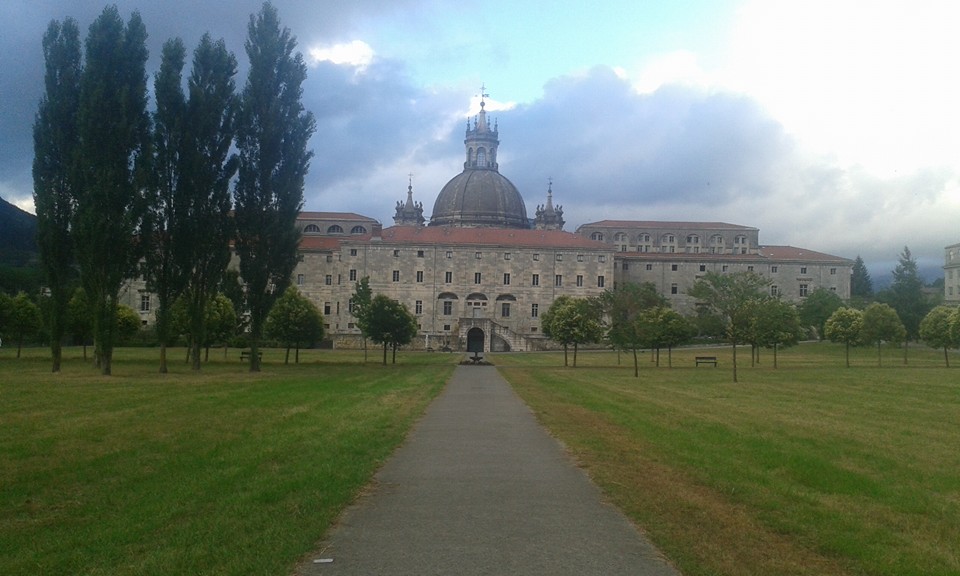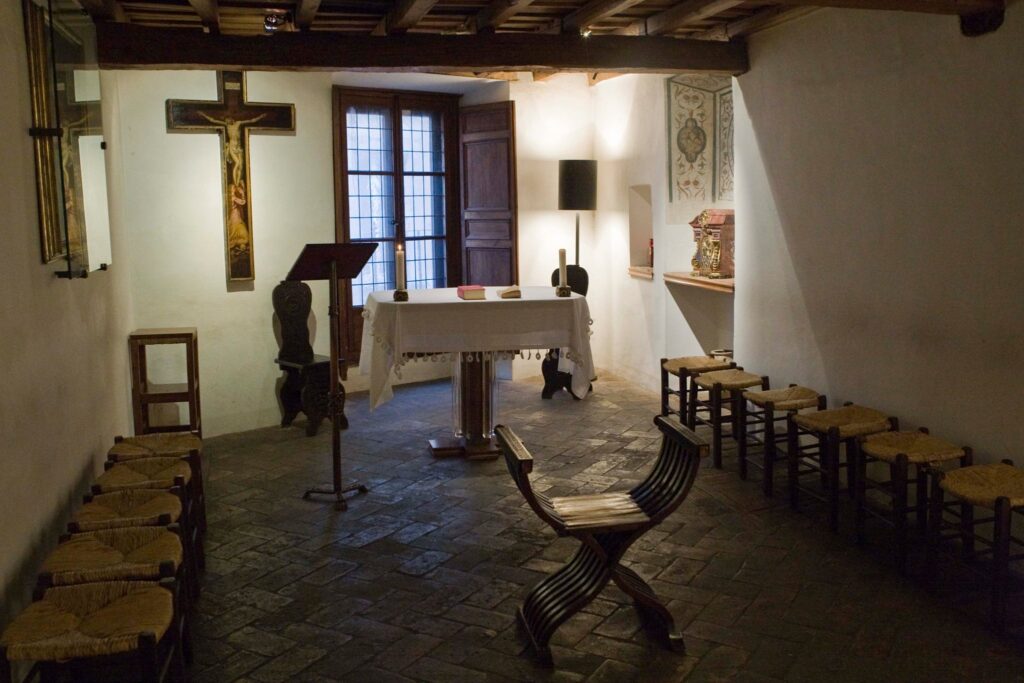
The Spiritual Exercises, commonly known as the Ignatian retreats, originated from the personal experience of a Basque nobleman and knight – St. Ignatius of Loyola (1491–1556). Ignatius was born in the Basque Country, most likely in October 1491, in his family’s ancestral castle. Like many of his contemporaries in that region, he was a knight. In 1521, during the battle of Pamplona, a cannonball fired from a French artillery piece struck him so badly that he limped for the rest of his life. His recovery at the Loyola castle was long, and at first, it was uncertain whether the brave knight would survive. He had to undergo a second operation, as the first one had improperly set the shattered bone.
During this difficult period, something happened that initiated his inner transformation. While convalescing, Ignatius grew bored and asked for something to read. Being a knight who dreamed of glorious battles and winning the heart of a lady, he wanted to immerse himself in tales of chivalry. He thought such reading would bring him joy and relief during his recovery. However, the castle had no books of that sort. Instead, Ignatius was given what was available:
The Life of Christ and The Lives of the Saints.
As we read in The Pilgrim’s Story – a dictated account of his life:
He often read these books and even felt a certain attraction to what was written there. But when he paused from reading, sometimes he would reflect on what he had read, and at other times his thoughts turned to worldly matters that had previously occupied his mind. Among the many vain ideas that presented themselves, one in particular gripped his heart so intensely that he could dwell on it for two, three, or even four hours without even realizing it. He fantasized about what he might achieve in the service of a certain lady, how he would travel to the place where she lived, about the poems and words he would speak to her, and finally about the heroic deeds he would perform in her honor. He became so absorbed in these dreams that he failed to see how utterly impossible they were to fulfill.
In the meantime, however, the Lord came to his aid, causing other thoughts to arise – those inspired by what he had read. While reading about the life of our Lord and the saints, he began to ponder: “What if I did what St. Francis did? Or what St. Dominic did?” He reflected on many things that seemed good to him, always focusing on what was difficult and demanding. When he imagined himself carrying them out, they seemed not only possible, but easy. All his reflection came down to this: “St. Dominic did this, so I must do it too. St. Francis did this, so I must also do it.”
However, the aftermath of these two types of thoughts differed greatly. When he thought aboutworldly matters, he felt immense pleasure in the moment, but afterward, he was left feeling dry and discontent. When he thought about going on a barefoot pilgrimage to Jerusalem, or living on nothing but vegetables, or embracing other forms of austerity as practiced by the saints, he not only felt consoled while entertaining these thoughts, but even after they passed, he remained joyful and fulfilled.
This lengthy passage recounts St. Ignatius’s first spiritual experiences – experiences that led him to distinguish between different feelings and to discern what he was experiencing inwardly. At that time, a long journey still lay ahead before he would record these experiences in a book called The Spiritual Exercises, or before he would go on to found the Jesuit order. Yet the transformation that began with a shattered leg from a French cannonball at Pamplona, and continued through his convalescence at Loyola, became the foundation of Ignatian spirituality.
Discernment of spirits would become Ignatius’s signature contribution. For him, it formed the core of the entire retreat process. This discernment is meant to help the retreatant bring order to their inner feelings, and the four weeks of the Spiritual Exercises are all structured around this aim. Ignatius’s personal experience taught him that by organizing and understanding one’s emotions, one can make better choices aligned with one’s vocation in life.
During the retreat, we walk the same path that Ignatius did: starting from the experience of one’s own limitation and sinfulness which encounters God’s mercy. For this reason, Ignatius recommends speaking to the crucified Christ as one would speak to a friend or a servant to his master. From there, the retreat leads into contemplation of the mysteries of Christ’s life, death, and resurrection. For Ignatius, the Exercises also provide a time and space to hear the call of the King, who summons his followers to conquer the world – not with violence and the sword, but with the Word of God and the witness of one’s life.
The retreat is divided into four “weeks” that can be undertaken at one’s own pace. An Ignatian “week” typically lasts eight days and is observed in silence. This retreat silence is not an end in itself but a vital tool that helps open one’s heart to the presence of God.
There are two key texts in the Spiritual Exercises book that serve as a kind of frame: the Principle and Foundation and the Contemplation to Attain Divine Love („Ad amorem”). These two texts do not belong to any specific week, although the Contemplation “Ad amorem” is usually prayed at the end of the Fourth Week. Both texts point to two foundational pillars of life: first, the reality of being created – for each person is a creature, living on earth for a particular purpose, and able to use various means along the journey toward that end. Secondly, the human being is created for love: to discover that God made the entire world for the sake of the human person and continues to be the gardener tending that garden, and to experience the role of love within one’s own life.



